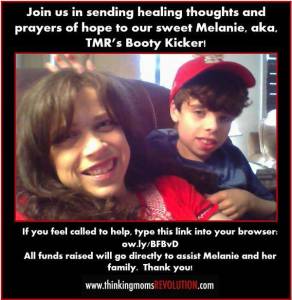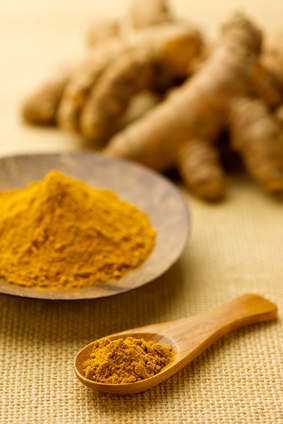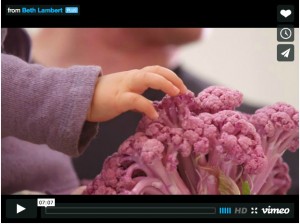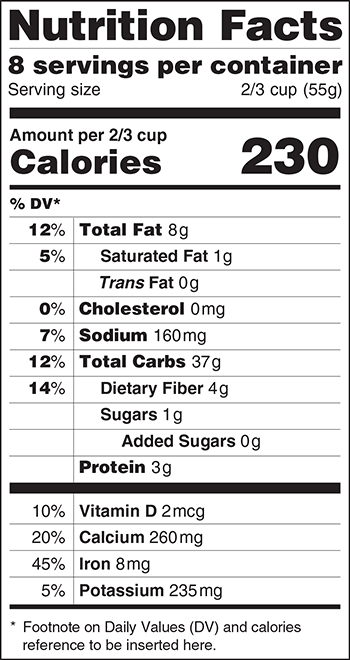 I interviewed Thalia Michelle and Amy Lou, co-founders of Mothers Advocating Medical Marijuana for Autism (MAMMA) about the use of medical marijuana for autism and seizures. You can sign up for the replay here:
I interviewed Thalia Michelle and Amy Lou, co-founders of Mothers Advocating Medical Marijuana for Autism (MAMMA) about the use of medical marijuana for autism and seizures. You can sign up for the replay here:
Medical marijuana is NOT the same as recreational marijuana.
We’ll be educating you about the safety of medical marijuana for autism and seizures and its anti-inflammatory and other properties.
We discuss CBD, THC and other endocannabinoids and how the human body has endocannabinoid receptors throughout, and especially in the brain and body.
Children with autism and seizures are typically deficient in endocannabinoids. Medicinal cannabis corrects that deficiency, much as taking vitamins and minerals would correct those deficiencies.
In this webinar, we go over symptoms that medical marijuana can help with. We also discuss what the law is in each state that determines your ability to access it.
Thalia and Amy Lou provide a host of resources, doctors, non-profits, advocates, patent information and medical research that specialize in medical marijuana for autism and seizures.
MAMMA seeks to educate legislators, empower other mothers (and fathers) to become advocates, and bring the message of hope and reform.
MAMMA serves as a resource for other advocates interested in autism as a qualifying condition for the use of medical marijuana.






 Now, you might think it strange that I’m writing a book review for “The Diet Cure” by Julia Ross. While I am a health coach, I don’t specialize in weight loss. Instead, I specialize in helping people recover from symptoms of chronic neurological and/or autoimmune issues like autism, ADHD, allergies, asthma, SPD, lupus, fibromyalgia, Lyme and more.
Now, you might think it strange that I’m writing a book review for “The Diet Cure” by Julia Ross. While I am a health coach, I don’t specialize in weight loss. Instead, I specialize in helping people recover from symptoms of chronic neurological and/or autoimmune issues like autism, ADHD, allergies, asthma, SPD, lupus, fibromyalgia, Lyme and more. The Food and Drug Administration (FDA) has just announced proposed changes to the nutrition label. Overall, I think these changes might make a positive and meaningful difference to our country’s health, at least to those who pay attention to food labels. Here’s a breakdown of what I think are the positive changes:
The Food and Drug Administration (FDA) has just announced proposed changes to the nutrition label. Overall, I think these changes might make a positive and meaningful difference to our country’s health, at least to those who pay attention to food labels. Here’s a breakdown of what I think are the positive changes:

